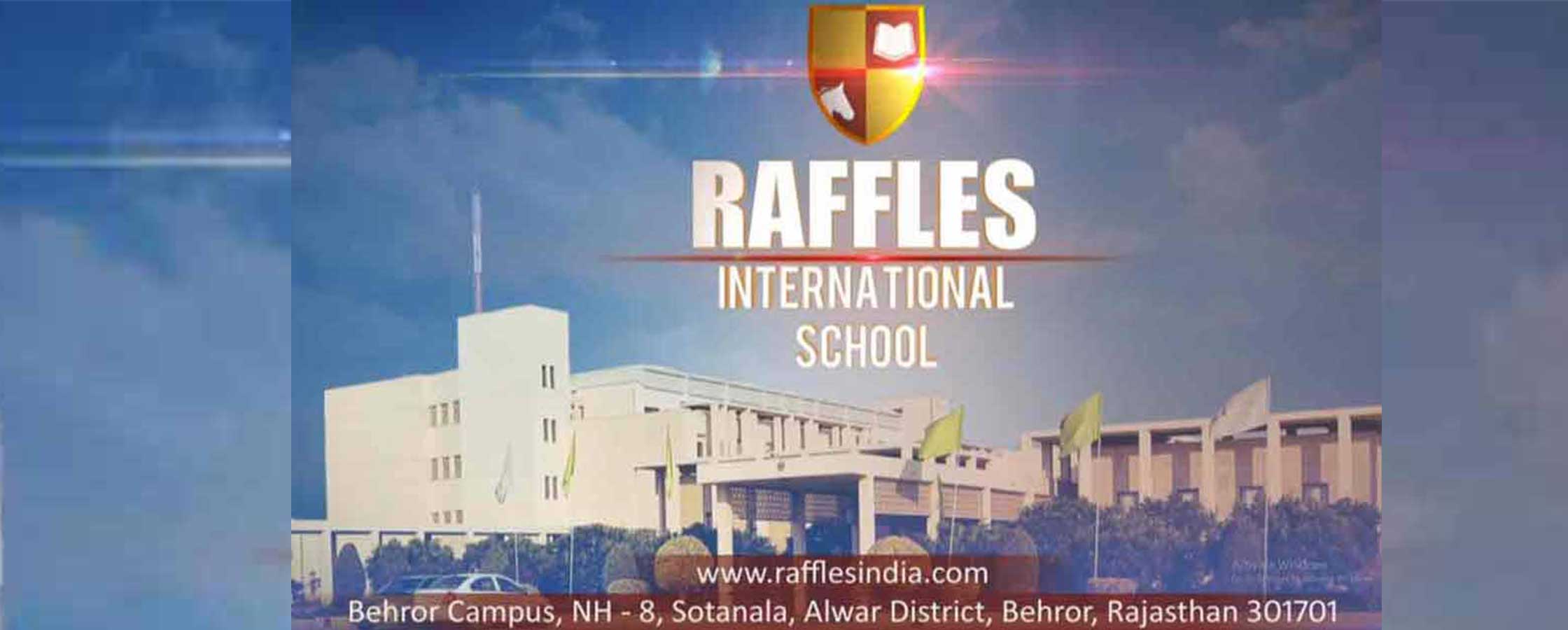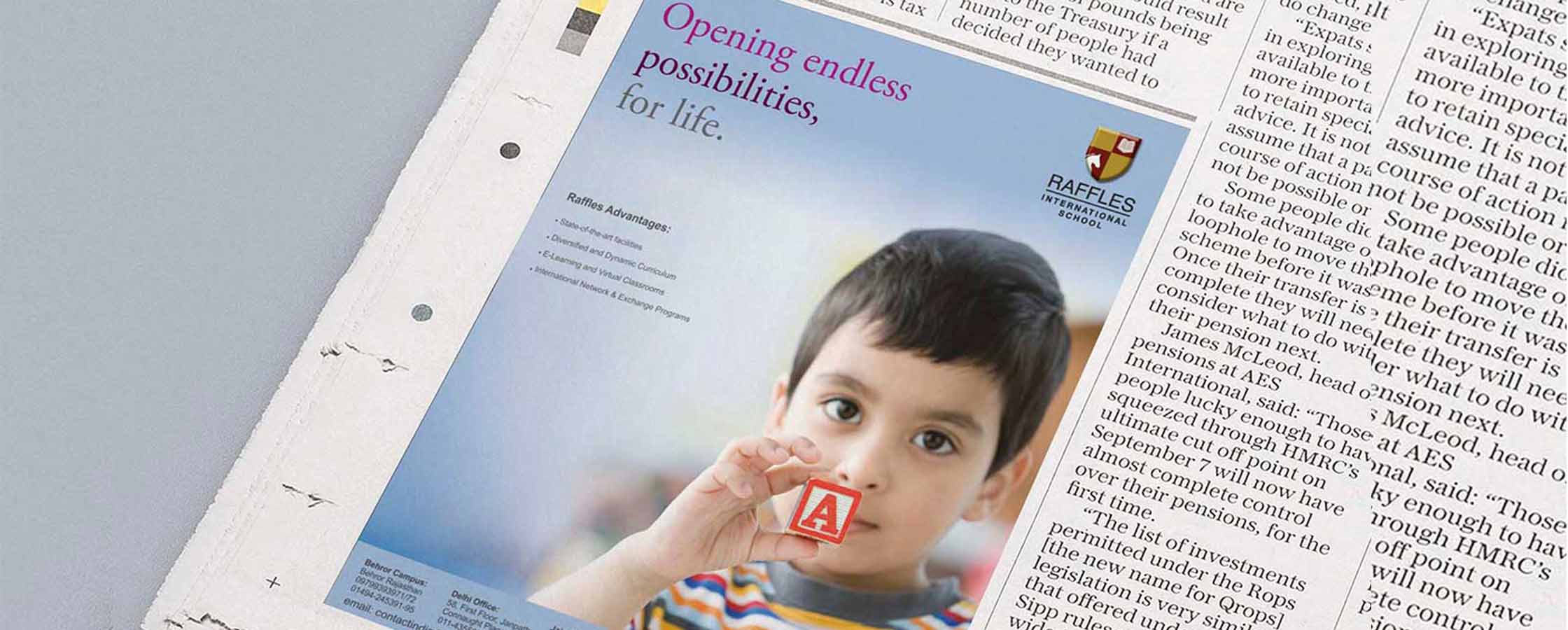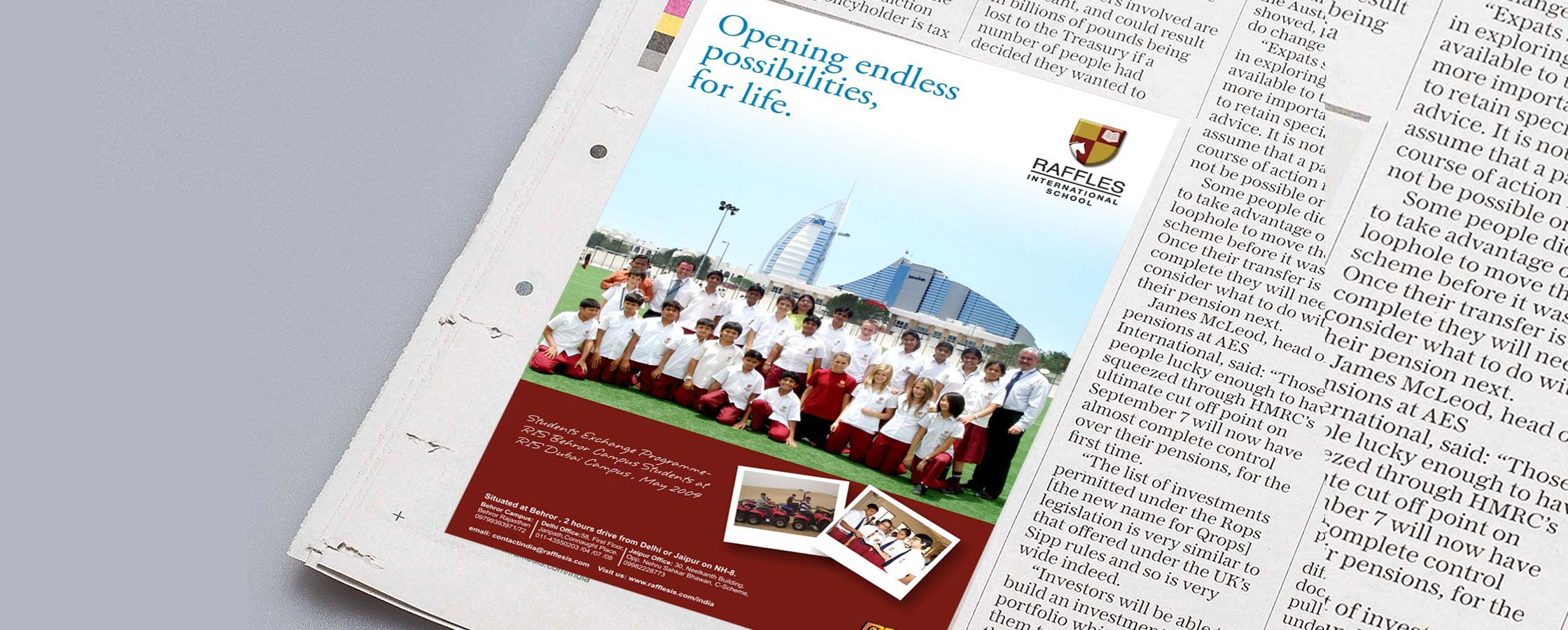Raffles Education
Emaar Properties, via its wholly-owned subsidiary Emaar Education, has acquired Raffles Campus, a leading education provider based in Singapore. This strategic move is part of Emaar's expansion efforts in the education sector, where it already has a presence in Singapore, Indonesia, Hong Kong, China, and Vietnam. The focus now shifts towards India, where Emaar aims to replicate the success of Raffles Education's 2008 launch. This case study delves into the marketing achievements of Raffles Education during its India expansion, specifically in the establishment of Raffles International School and Raffles International University in the Delhi NCR region, particularly Behror, Rajasthan.
SERVICES
Global Education Provider
Results and Outcomes:
The marketing success of Raffles Education's launch in Delhi NCR (Behror, Rajasthan) was evident in the following outcomes:
• Enrolment Numbers:
Both Raffles International School and Raffles International University experienced significant enrolment numbers in their inaugural years. The institutions quickly gained popularity among students and parents seeking international-standard education.
• Positive Reputation:
The institutions earned a positive reputation for their quality education, modern facilities, and experienced faculty. Word-of-mouth recommendations further contributed to their success.
• Diverse Student Base:
The institutions attracted students from top Indian cities, neighbouring areas, and even other states, contributing to a diverse student body.
• Industry Recognition:
Raffles International University established strong connections with industries, leading to internship and placement opportunities for students, further enhancing the institution's reputation.
• Continuous Growth:
The success of the initial launch set the stage for continuous growth and expansion. Raffles Education gained confidence to explore additional campuses in other regions of India.
The marketing success of Raffles Education's launch of Raffles International School and Raffles International University in Delhi NCR (Behror, Rajasthan), can be attributed to their meticulous market research, strategic planning, quality offerings, and effective digital and community engagement. By understanding the local context while maintaining international standards, Raffles Education managed to create a strong foothold in the competitive Indian education market, setting a benchmark for quality education in the region.









